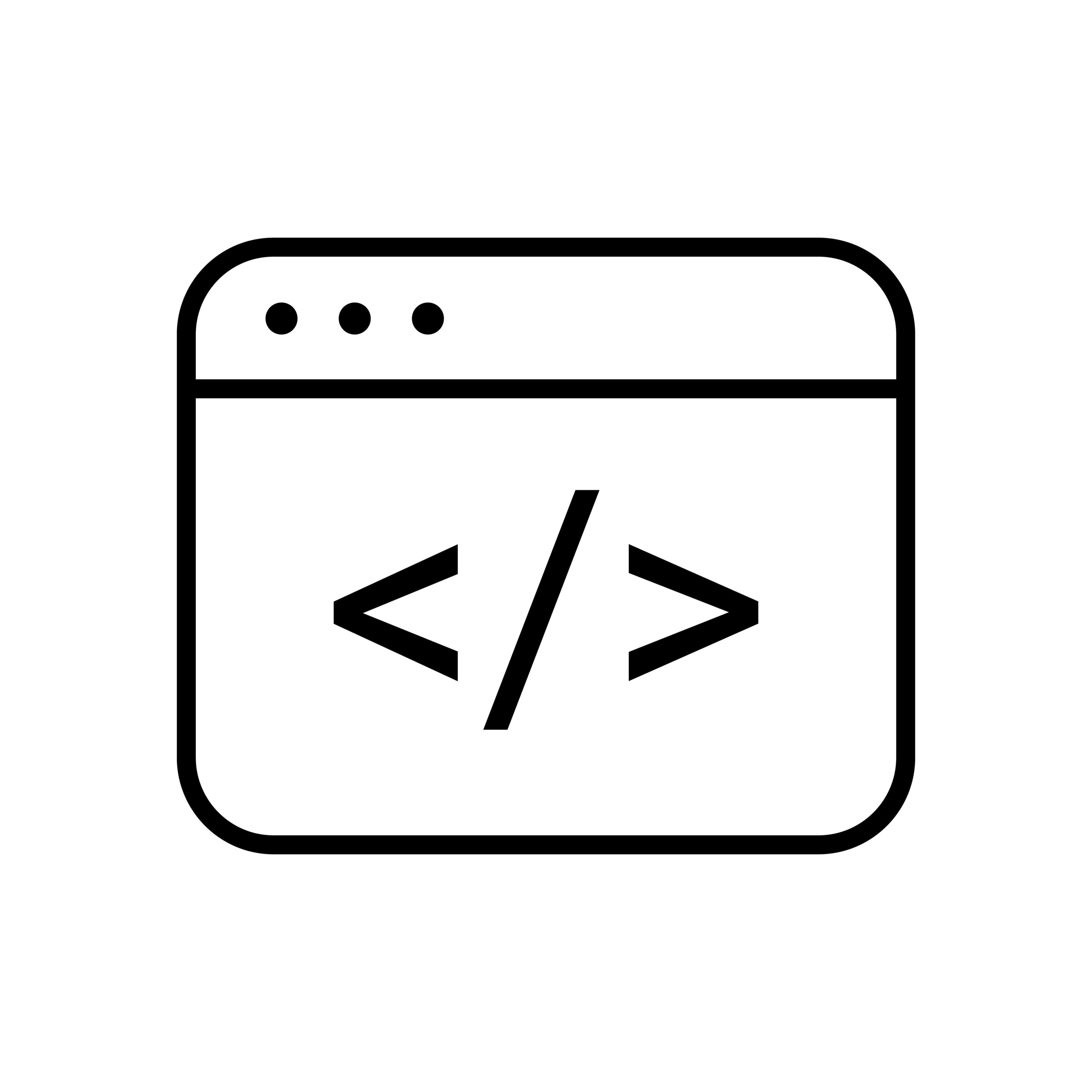Fox v. Dish Network Lays Some Aereo Concerns to Rest
We’re taking part in Copyright Week, a series of actions and discussions supporting key principles that should guide copyright policy. Every day this week, various groups are taking on different elements of the law, and addressing what’s at stake, and what we need to do to make sure that copyright promotes creativity and innovation.
The Supreme Court’s Aereo decision last year raised two significant questions for the tech industry. First, would lower courts apply the Supreme Court’s public performance holding narrowly only to services that looked like Aereo (which in turn looked to the Court like the community antenna services of the 1970s), as the Court directed, or would they apply it more broadly to other types of online services? Second, would lower courts interpret the Court’s reluctance to use the word “volition” as an indication that direct infringement liability did not require volitional conduct?
The summary judgment order in Fox v. Dish Network released earlier this week by the U.S. District Court for the Central District of California emphatically answered both of those questions in a manner favorable to the tech industry. (For detailed summaries of the decision, see here and here.) The district court rejected Fox’s suggestion that Aereo was “a game-changer that governs the outcome of its copyright claims….” The district court observed that “in an effort to cabin the potential over-reach of its decision,” the Aereo Court “specifically cautioned that its ‘limited holding’ should not be construed to ‘discourage or to control the emergence or use of different kinds of technology.” The district court carefully proceeded to distinguish the Dish Anywhere with Sling service from Aereo. (The Dish Anywhere service allows a subscriber to view a program recorded on his set-top box on another device.) In particular, the district court noted that Dish had a license to transmit programs to the subscriber’s set-top box, while Aereo did not have a license to transmit programs to the user’s computer.
The district court further ruled that the subscriber, not Dish, was the volitional actor with respect to any subsequent transmission from the subscriber’s set-top box to his other devices. The district court acknowledged that the Supreme Court did not expressly address the volitional conduct requirement for direct liability. However, the district court found that “the volitional conduct doctrine is a significant and long-standing rule, adopted by all Courts of Appeal to have considered it, and it would be folly to presume that Aereo categorically jettisoned it by implication.” Because the subscriber was the volitional actor for any transmission from a set-top box, and the transmission only went to the subscriber’s own devices, there was no public performance and thus no infringement.
The district court likewise found that the subscriber was the volitional actor with respect to the PrimeTime Anytime (PTAT) feature, which allowed the subscriber to record blocks of primetime programming. In the appeal of the district court’s rejection of Fox’s motion for preliminary injunction, the Ninth Circuit had already ruled that Dish was not the volitional actor because the service “creates the copy only in response to the user’s command.” Fox contended that Aereo had “altered the test for direct infringement,” but the district court stated that “Aereo did not fundamentally alter the volitional conduct requirement for direct infringement.” The court added that “a system that operates automatically at a user’s command to make a recording does not in itself render the system’s provide a volitional actor for purposes of direct copyright infringement.” The court proceeded to discuss how PTAT was similar to a traditional DVR.
It should be noted that the district court here was not the first-post Aereo court to apply Aereo narrowly and to recognize the continue viability of the volitional conduct doctrine. In September 2014 in the ongoing MP3Tunes litigation, the district court rejected the argument that under Aereo, MP3Tunes had infringed the public performance right when it allowed infringing copies of album covers to be viewed by users. The court stated that Aereo was limited to situations similar to cable television, and had no relevance to a case involving different technology. The MP3Tunes court also considered who was the volitional actor with respect to several of the activities at issue.
Similarly, in November 2014, the district court in Perfect 10 v. Giganet ruled that Usenet provider Giganet was not the volitional actor with respect to the automatic distribution of infringement content uploaded by users.
In addition to limiting Aereo to its facts and conducting a volitional conduct analysis, the Dish Network court also reached two good and one questionable fair use determinations. (Fair use was yesterday’s Copyright Week theme.) The district court found that the PTAT copies made by Dish subscribers were fair use. The Ninth Circuit had previously held that the record did not establish that Fox suffered any market harm by virtue of the recording of programs via the PTAT. At the summary judgment phase, Fox produced some evidence of the potential impact of the PTAT feature on its ability to license its programs to third party providers. However, the court concluded that “the potential for market harm to the secondary market for Fox’s programs caused by PTAT alone is simply too speculative to defeat a finding of fair use by a time-shifting technology which enhances consumers’ non-commercial private use of recorded programming.”
The district court also found that subscribers’ use of the Hopper Transfers is fair use. Hopper Transfers allows subscribers to space-shift their recordings to other devices. The court saw this as a “paradigmatic fair use.” Here, too, any possible harm to Fox was completely speculative.
More problematic was the court’s rejection of Dish’s fair use defense with respect to the Quality Assurance (QA) copies. In order to ensure the proper operation of the AutoHop feature, which allows subscribers to skip over blocks of commercials, technicians would copy programs and review them to ensure that the commercials were properly marked. When Fox requested a preliminary injunction in 2012, the court found that Fox was likely to succeed on the claim that the QA copies infringed because the court found Dish’s fair use argument for making those copies unconvincing. However, the court determined that the QA copies would not irreparably harm Fox, and it refused to issue a preliminary injunction. After this ruling, Dish stopped making the QA copies. Fox nonetheless pursued the claim for the purpose of recovering damages.
In the summary judgment order, the court reached the same conclusion it had in 2012: that the QA copies were not a fair use. The district court recognized that the Ninth Circuit in Sega v. Accolade had approved the making of intermediate copies, but the court distinguished Sega by emphasizing that Accolade made the copy of Sega’s computer game in the course of developing an original computer game. Here, by contrast, “the QA copies are simply used to allow users to automatically skip commercials in copyrighted programming rather than to create original programing or content.”
The district court erred by not looking to other, more recent precedents than Sega. In Kelly v. Arriba Soft and Perfect 10 v. Amazon.com, the Ninth Circuit treated the use of a work for a different purpose from the original to be a fair use, even if the user did not create a new work. The Second Circuit in Authors Guild v. HathiTrust and the Fourth Circuit in A.G. v. iParadigm reached the same conclusion. Indeed, as discussed yesterday, a different judge in the same district (the Central District of California) just ruled in Rosen v. eBay that using a copy of a photograph for information rather than artistic purposes was a fair use. It could be that the district court’s analysis of this issue was so superficial because Dish discontinued the making of QA copies in 2012.
With the exception of the QA fair use ruling, the district court’s decision is a solid win for the tech industry.








